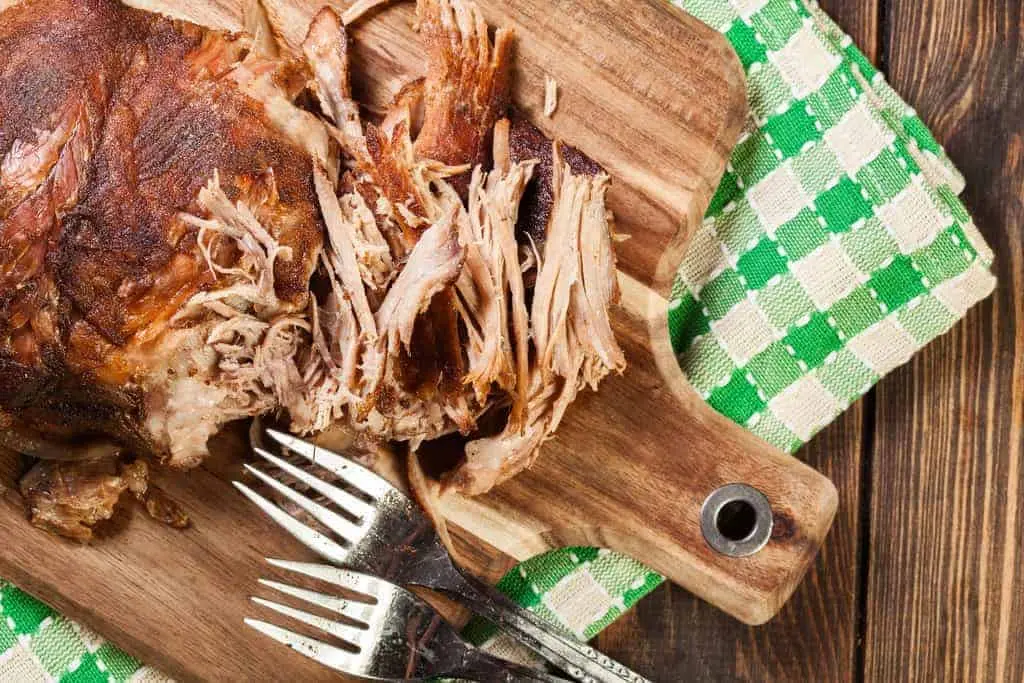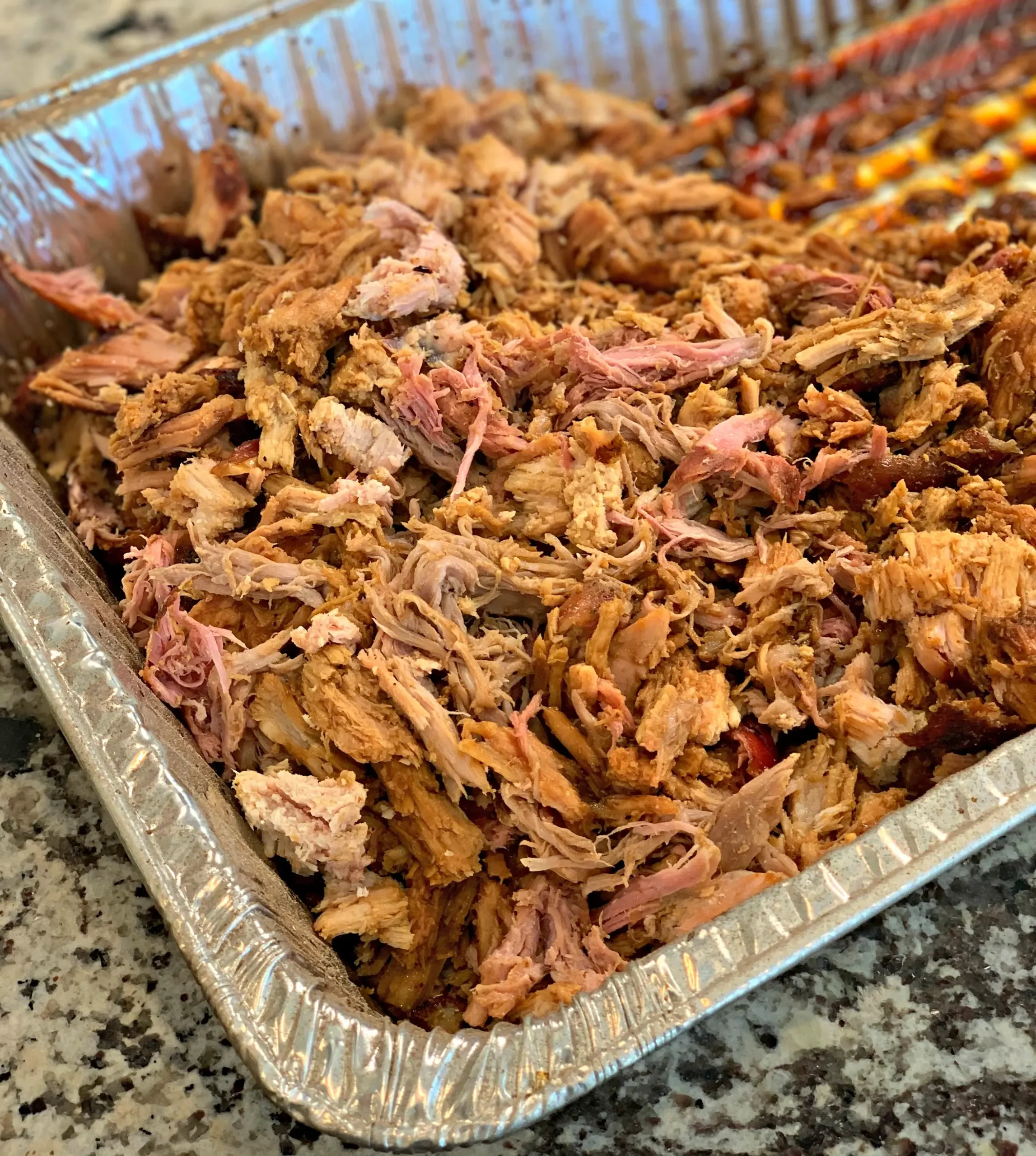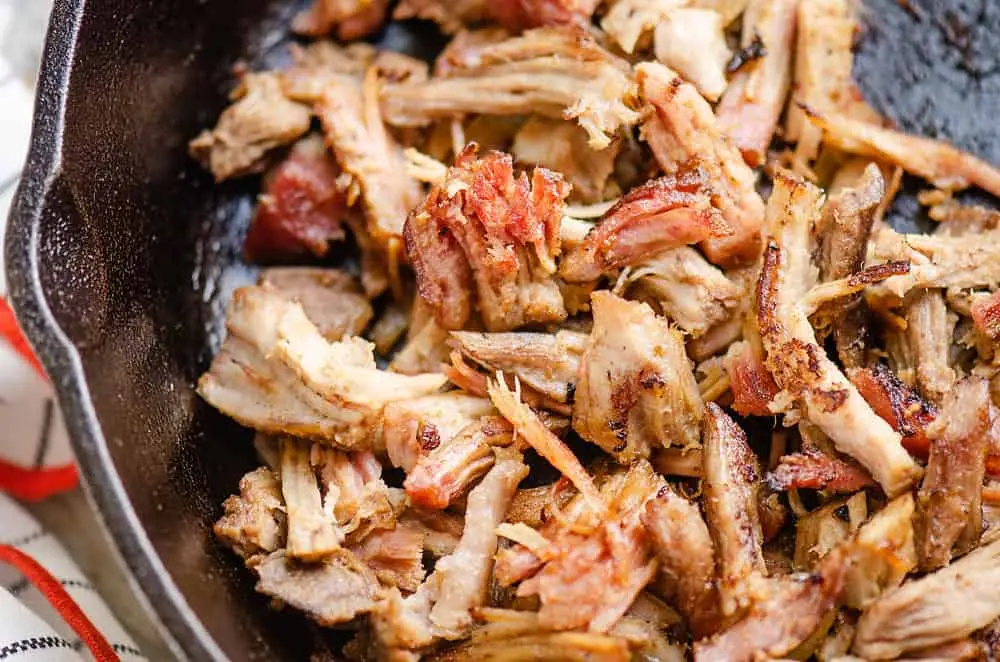When it comes to Mexican cuisine, one cannot ignore the mouthwatering flavors of smoked pork. This traditional dish, known as carnitas in Mexico, is a staple in Mexican households and is loved by locals and tourists alike.
What is Pork Called in Mexican?
Pork is known as cerdo in Spanish, and in Mexico, it is commonly referred to as puerco or chancho. The meat from a pig is widely used in Mexican cuisine, and one of the most popular ways to prepare it is by smoking.
Can You Smoke Meat for Carnitas?
Absolutely! Smoking meat is one of the traditional methods used to prepare carnitas in Mexico. The slow smoking process infuses the pork with a smoky flavor, making it incredibly tender and delicious. It is typically cooked over a low fire for several hours until the meat becomes fork-tender and easily falls apart.

Traditionally, carnitas are made using various cuts of pork, such as shoulder, butt, or ribs. The meat is seasoned with a blend of spices, including cumin, oregano, garlic, and chili powder, to enhance the flavor. Once smoked, the pork can be used in a variety of dishes, such as tacos, burritos, or served as a main course with rice and beans.
What is Pulled Pork in Spanish Mexico?
In Mexican cuisine, pulled pork is known as cochinita pibil. It is a popular dish from the Yucatan region of Mexico and is made by marinating the pork in a mixture of citrus juices, achiote paste, and spices. The marinated pork is then traditionally wrapped in banana leaves and slow-cooked in an underground pit known as a pib. The result is tender, flavorful pulled pork that can be enjoyed on its own or used as a filling for tacos or tortas.

Tips for Smoking Pork for Mexican Dishes
Here are some tips to help you achieve the best-smoked pork for your Mexican dishes:

- Choose the right cut of pork. Shoulder, butt, or ribs are ideal for smoking.
- Season the meat well with a blend of spices that complement Mexican flavors.
- Allow the meat to marinate for a few hours or overnight to enhance the flavor.
- Use a smoker or charcoal grill to smoke the pork over low heat for several hours.
- Consider adding wood chips, such as mesquite or hickory, to enhance the smoky flavor.
- Baste the meat with a marinade or sauce while smoking to keep it moist and flavorful.
- Ensure the internal temperature of the meat reaches 165°F (74°C) for safe consumption.
Frequently Asked Questions
Q: Can I use a gas grill for smoking pork?
A: While a gas grill can be used for smoking, it may not provide the same smoky flavor as a traditional smoker or charcoal grill. However, you can still achieve delicious results by using wood chips or a smoker box on your gas grill.
Q: How long does it take to smoke pork for carnitas?
A: The cooking time for smoked pork can vary depending on the size and cut of the meat. On average, it can take anywhere from 4 to 6 hours to achieve tender, flavorful carnitas.
Q: Can I freeze smoked pork?
A: Yes, you can freeze smoked pork for future use. Allow the meat to cool completely, then store it in an airtight container or freezer bags. It can be stored in the freezer for up to 3 months. Thaw it in the refrigerator before reheating.
In Conclusion
Mexican smoked pork, known as carnitas, is a delicious and flavorful dish that showcases the rich culinary traditions of Mexico. Whether you smoke pork for tacos, burritos, or enjoy it as a standalone dish, the smoky flavors and tender texture are sure to please your taste buds. So, fire up your smoker, grab some quality cuts of pork, and embark on a culinary journey through the vibrant flavors of Mexican cuisine.
If you want to know other articles similar to Mexican smoked pork: traditional carnitas recipe you can visit the Recipes category.


Related Articles